ECB President Mario Draghi sounded cautious as usual in today’s comments. Here are some highlights:
- “While we remain confident that inflation will converge towards our aim over the medium term, there are still uncertainties about the degree of slack in the economy,”
- “A patient, persistent and prudent monetary policy therefore remains necessary to ensure that inflation will return to our objective,”
Regarding recent stock market volatility, Draghi sounded calm though as he noted:
- “These risks materialized in global equity markets in early 2018, although to date without significant spillovers to euro area credit markets and hence broader financial conditions.”
ECB Vice President Vitor Constancio also spoke today:
- “Inflation, which is our objective, has not yet responded completely to what we wish to see.”
- “We have confidence that inflation will continue to evolve…(but) we should be cautious in order to avoid that some early, strongly restrictive policy could derail this development,” he added.




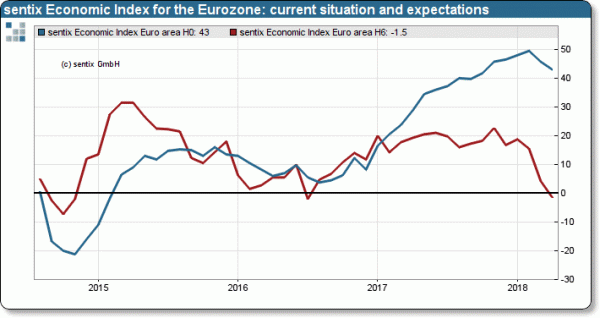
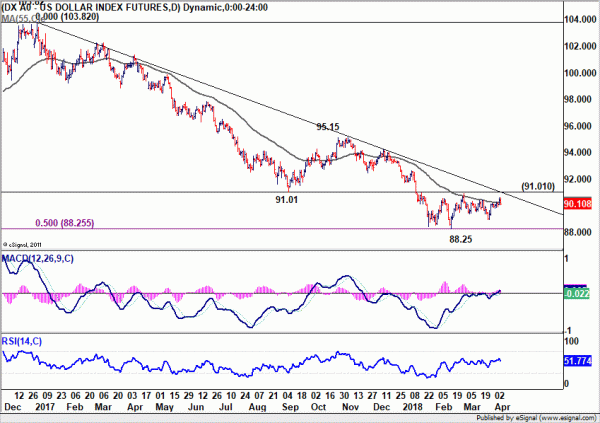
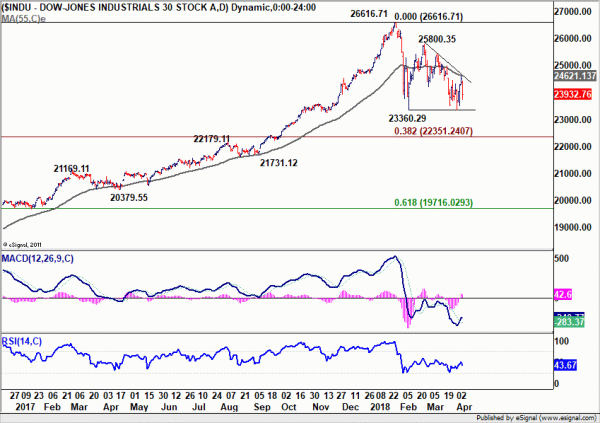
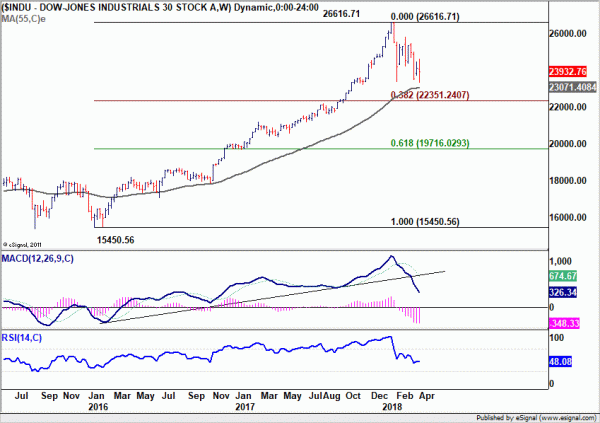
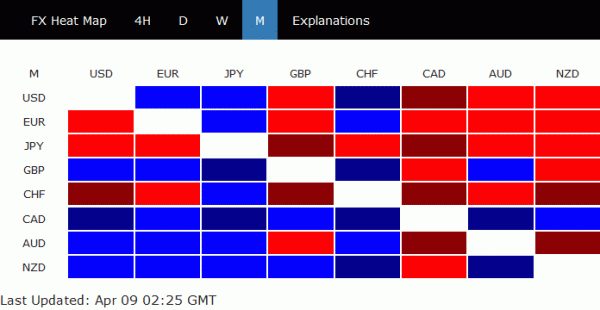
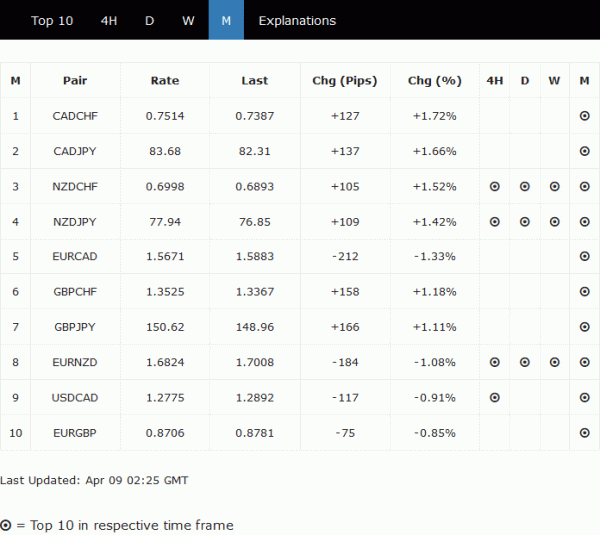
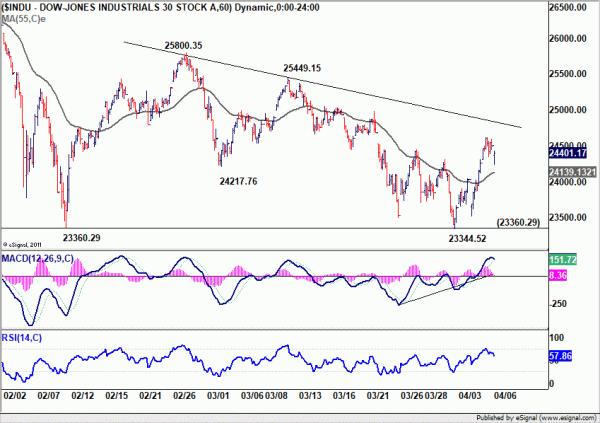
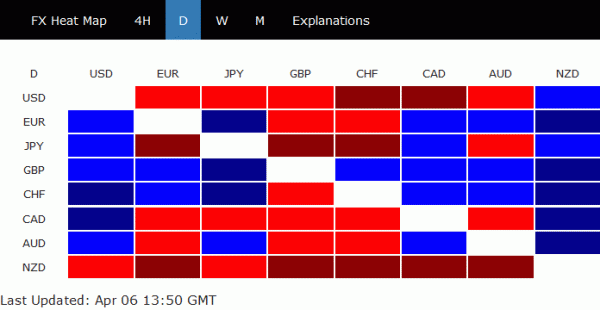
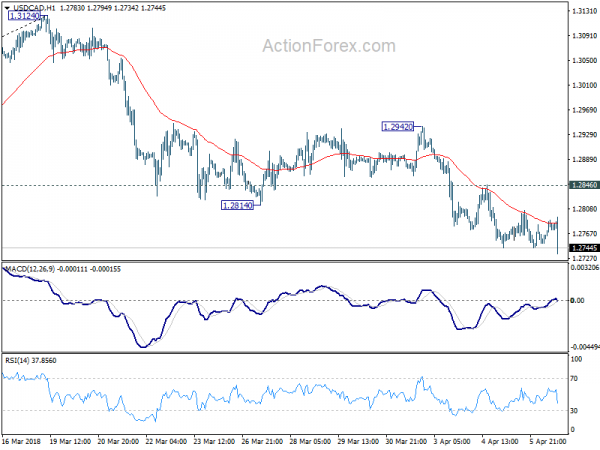
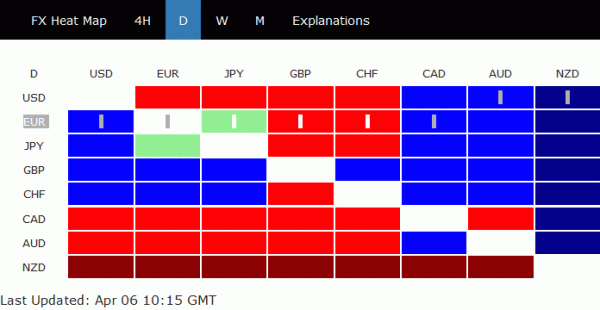

CAD surges on BoC Business Outlook Survey, CADJPY resuming rebound
Canadian Dollar surges as BoC’s Business Outlook Survey painted a positive picture. In particular, business sentiments were supported by “healthy” sales prospects. Capacity and labor pressures are “evident” in most regions due to strong demand.
Here are highlights of the survey:
Full release here
CAD is now the second strongest for the day while JPY remains the weakest one.